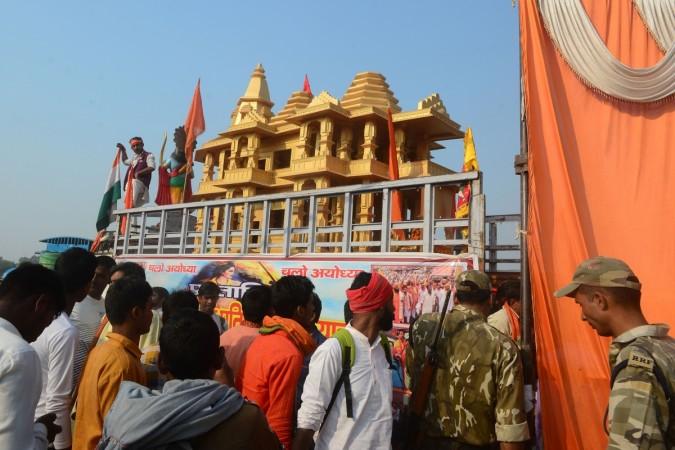While taking up the issue of Nirmohi Akhara and shebait rights, the Supreme Court observed that the course of dealing with the maintainability of Suit No. 5 hinged on the question of whether Nirmohi Akhara was a shebait, and whether it had acted in a manner pre-judicial to the interests of the idol. The Supreme Court observed that where there exists an express deed of dedication identifying the shebait, the position in law with respect to who can sue on behalf of an idol is as follows:

I) The right to sue vests exclusively in the lawfully appointed shebait
II) Where the shebait acts in a manner negligent or hostile to the interests of the idol through express action or inaction, any person who is interested in the endowment may institute a suit on behalf of the idol
III) The exact nature of the interest possessed by the next friend, and whether the next friend is bona fide are matters of substantive law and that if the same is contested, it must be adjudicated upon by the court
The Supreme Court noted the conditional modification of the position of Nirmohi Akhara opposing the maintainability of the suit filed by the idol through the next friend provided that Nirmohi Akhara is independently allowed to maintain its status as shebait, and stated that such a position is untenable in a court of law.
Clearly noting the contradiction, it was observed that since Nirmohi Akhara had always maintained that it was the shebait to the idol, which if accepted by the court of law, would mean that it alone had the right to sue, to the exclusion of the next friend, i.e., in Suit No.5. The Suit No.5 could therefore only stand if the court concluded that Nirmohi Akhara had acted contrary to the interests of the idol.

Nirmohi Akhara claimed de facto shebaitship
In the absence of an express deed of dedication in the present case, the Nirmohi Akhara had claimed de facto shebaitship on the basis of its long-standing presence at the disputed site. Interestingly, the Supreme Court pointed out that the fact that Suit No.5 was instituted by the next friend 30 years after the suit instituted by Nirmohi Akhara, and both suits were adjudicated together clearly showed there was no determination made about the shebaitship of Nirmohi Akhara yet at that time.
Clarifying the position of a de facto shebait, as claimed by Nirmohi Akhara, the Supreme Court observed that a single or stray act of management does not vest a person with the rights of a de facto shebait and that such person must demonstrate long, uninterrupted and exclusive possession and management of the property in question.
In this regard, the Supreme Court observed that although Nirmohi Akhara denied the incidents of December 22/23, 1949 (when late Baba Abhiram Das had placed idols in the inner sanctum as per records and proceedings) at the disputed structure, the claim of Nirmohi Akhara that it was in possession of the inner courtyard has already been rejected on the basis of the evidence on record.
The Supreme Court further noted that the Nirmohi Akhara had failed to prove that at the material time, the disputed structure was a temple which was in its possession and that no such incident had taken place on December 22/23, 1949. Therefore, the Supreme Court concluded that in the absence of exclusive possession of the inner courtyard, the claim of the Nirmohi Akhara that it was managing the inner courtyard as shebait does not arise.

















